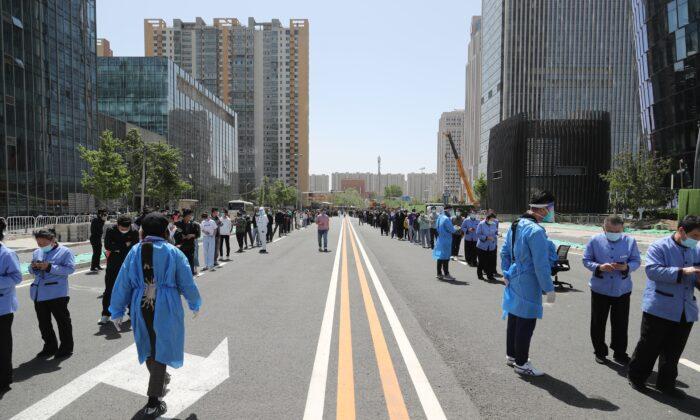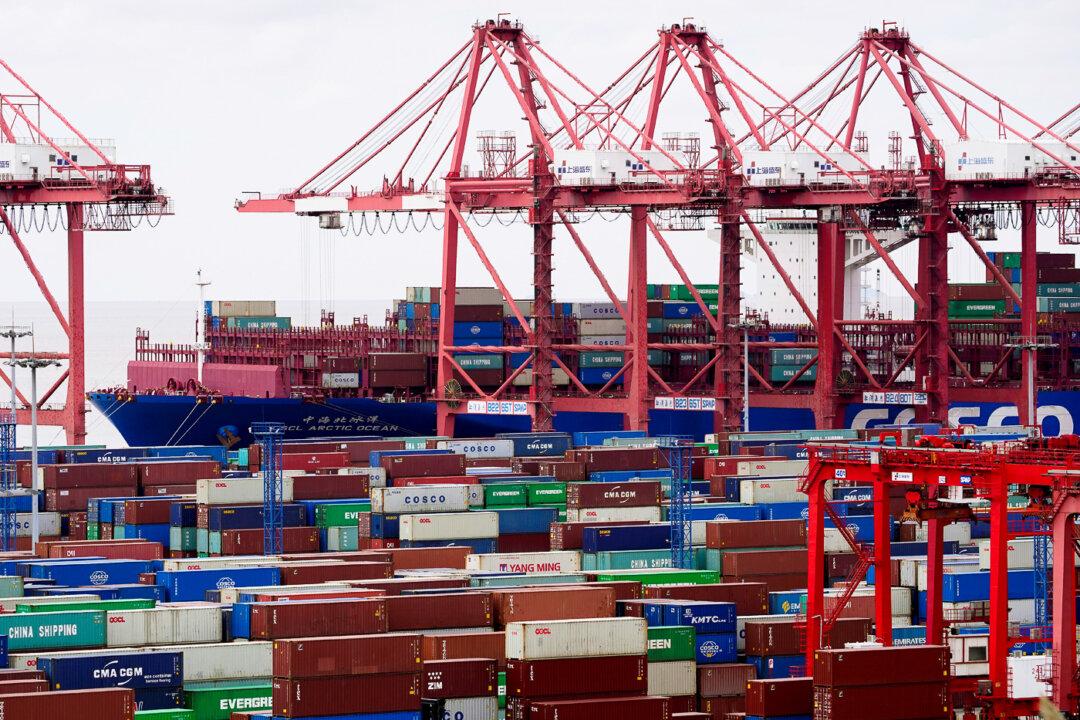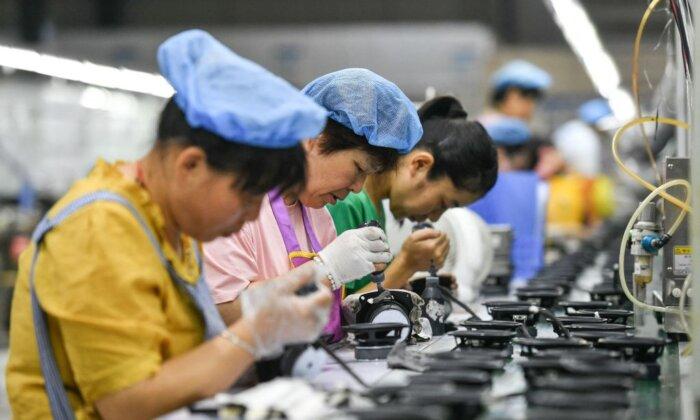Commentary
Beijing has launched yet another economic stimulus program. After a rather large stimulus package in May and a June declaration that no more was needed, Beijing in late August launched a 19-point stimulus effort. Whatever Beijing’s judgment in June, China’s economy cried out for more help.
The lingering and still-powerful effects of real estate failures, COVID-19 lockdowns, drought, a heat wave, and power shortages have clearly embarrassed last July’s brave pose that all was in hand. Beijing, remarkably, admits the severity of the situation, albeit obliquely. It has publicly downplayed the importance of this year’s
5.5 percent real growth target.
This most recent effort amounts to some
1.0 trillion yuan ($145.6 billion). Its 19 points break down into three main efforts. Some 300 billion yuan ($43.7 billion) will go toward what the program refers to as financial infrastructure. Power generation will receive permission to issue some 500 billion yuan ($72.9 billion) in special bonds for expansion and upgrades. These companies and the provinces behind them have already all but exhausted the 3.65 trillion yuan ($490.5 billion) in special bonds previously allocated. Some 200 billion yuan ($29.0 billion) will go directly to support China’s troubled real estate market. Supporting this fiscal stimulus are two rounds of interest rate cuts orchestrated by the People’s Bank of China (PBOC).
It is unlikely that even with this extra fiscal and monetary stimulus, China will come anywhere near its already-reduced 5.5 percent real growth target. The first half of the year has certainly fallen well short of it. China’s overall real gross domestic product (GDP) grew a mere 2.5 percent in this year’s first half compared with the first half of 2021. Even this low figure may overstate. Shanghai reported a 5.7 percent drop in economic activity over this same period, while Beijing reported growth of only 0.7 percent. The fastest growing provinces were Jiangxi and Fujian, and they showed only 4.6 percent real rates of expansion.
More will hold back growth in the year’s second half than in the first and likely linger into 2023. COVID-related lockdowns and quarantines continue to stifle economic activity, as do the lingering effects of failures in the real estate development sector, which, it is worth noting, amounts to fully 30 percent of China’s economy.
Add to this the heat wave, the drought, and power shortages that have already weighed on the economy. Given what happened during 2022’s first half and these additional considerations, it looks unlikely that the Chinese economy will even eke out the reduced 3.0 percent growth estimate for 2022 recently made by Goldman Sachs or even the lower
2.8 percent estimate proffered by Japan’s Nomura Research Institute.
Even more ominous are recent remarks by
Ren Zhengfei, founder of telecom giant Huawei. In a leaked internal memo, he alluded to a global recession and indicated that the next 10 years would be very difficult.
If China’s underlying economic prospects look bad, events of the last few months raise serious doubts about Beijing’s competence to mount an effective response. Not only have its stimulus efforts this year proved to be inadequate, but the on-again-off-again approach of fiscal policy beggars the Politburo’s consistent brag that it has a handle on things economic—a claim that, sadly, much of the Western media has swallowed and echoed for years.
Reinforcing suspicions of inept policy is Beijing’s failure for over a year now to respond adequately to the ongoing failures of real estate developers. This lack of action has left considerable economic and financial damage that only some aspects of this latest stimulus effort begin to address, and then in a less forceful way than matters demand. The picture holds out the prospect of ongoing economic difficulty for longer than just the second half of 2022.
Views expressed in this article are opinions of the author and do not necessarily reflect the views of The Epoch Times.





